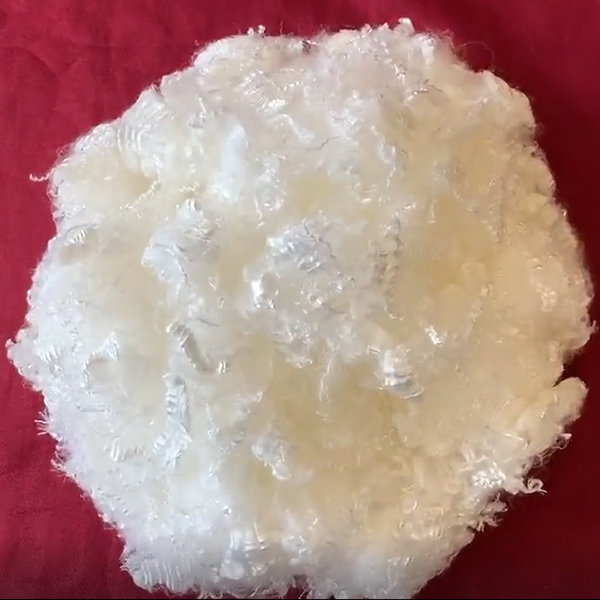3S Low Temperature Water Soluble Fiber(PVA Fiber)
Video
Specification
1. Dissolve temperature (°C) T±5 (T can be customized at 20℃、40℃、60℃, 70℃)
2. Single fiber linear density (dtex) M (1 ± 0.10) (M can be customized at 1.40dtex、1.56dtex、1.67dtex、2.20dtex)
3. Dry breaking strength (cN/dtex) ≥ 4.5
4. Dry fracture elongation (%) 14 ± 3
5. Length (mm) L ± 2.0 (L can be customized at 38mm、51mm、76mm)
6. Number of crimp (number / 25mm) ≥ 4.5
7. Sizing agent content, 0.2-0.6%
Application
1. Water soluble yarn. It is used in the production of twistless towels, twistless knitted underwear, water shrinkable velvet sleeves, shrink garments, sewing threads for laundry bags, water-soluble yarn composite packaging bags, etc.
2. Water-soluble non-woven fabric. As the embroidered skeleton material (embroidery base fabric), it can be embroidered on the top, or it can be used together with other fabrics. After embroidering the pattern, just put the fabric into the hot water to remove the water-soluble non-woven fabric, the embroidered flower is retained. It can also be used as a dustproof outerwear, crepe cloth, medical, sanitary, packaging and travelling products.
3. Blended spinning. Blended with wool, hemp, cotton, cashmere, etc., which can increase the yarn strength and improve the spinnability and weavability. The water-soluble fiber in the blended fabric is dissolved and removed before dyeing, and a fabric with good properties such as fluffiness, light weight, softness, and gas permeability can be obtained, thereby upgrading the product and adding value to the product.



